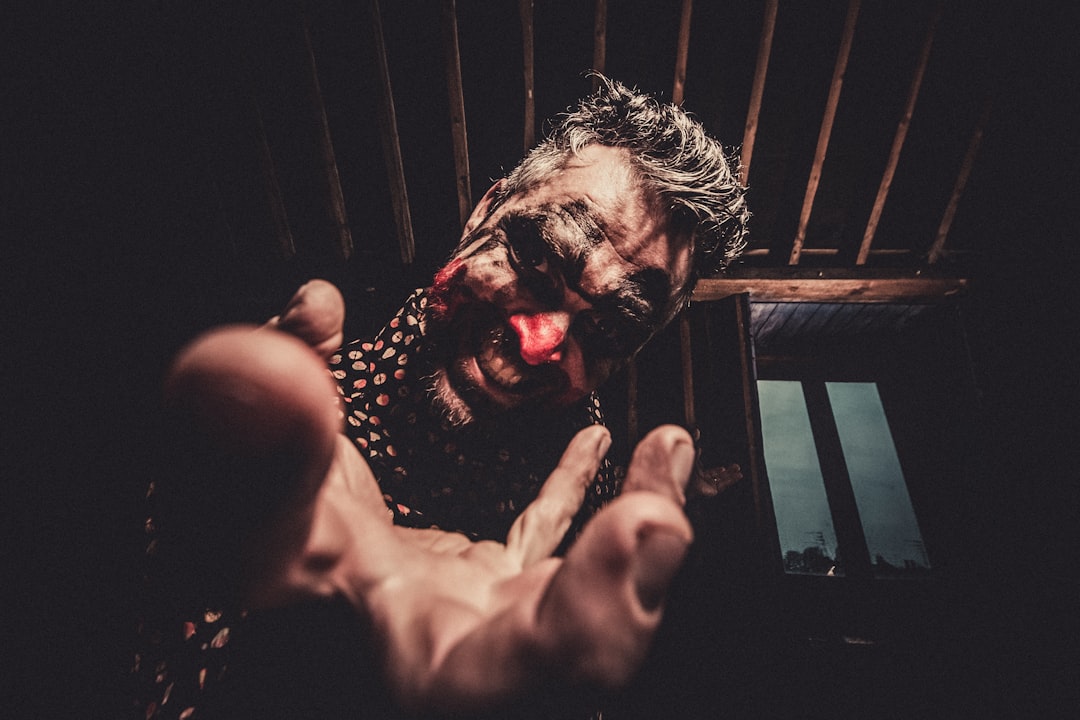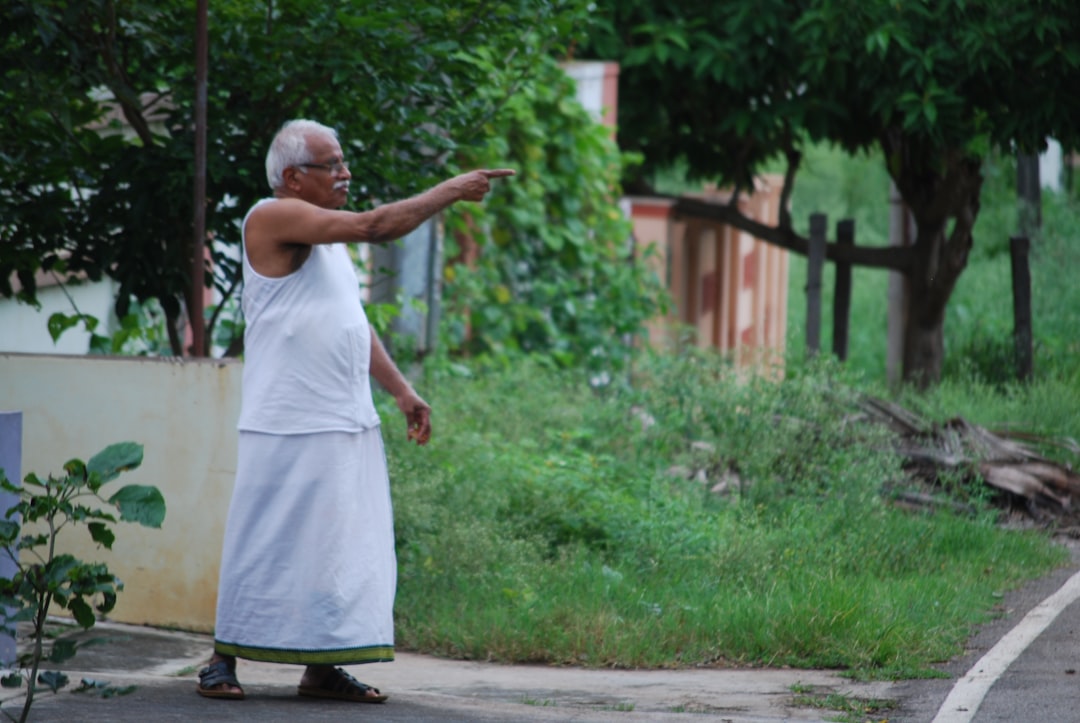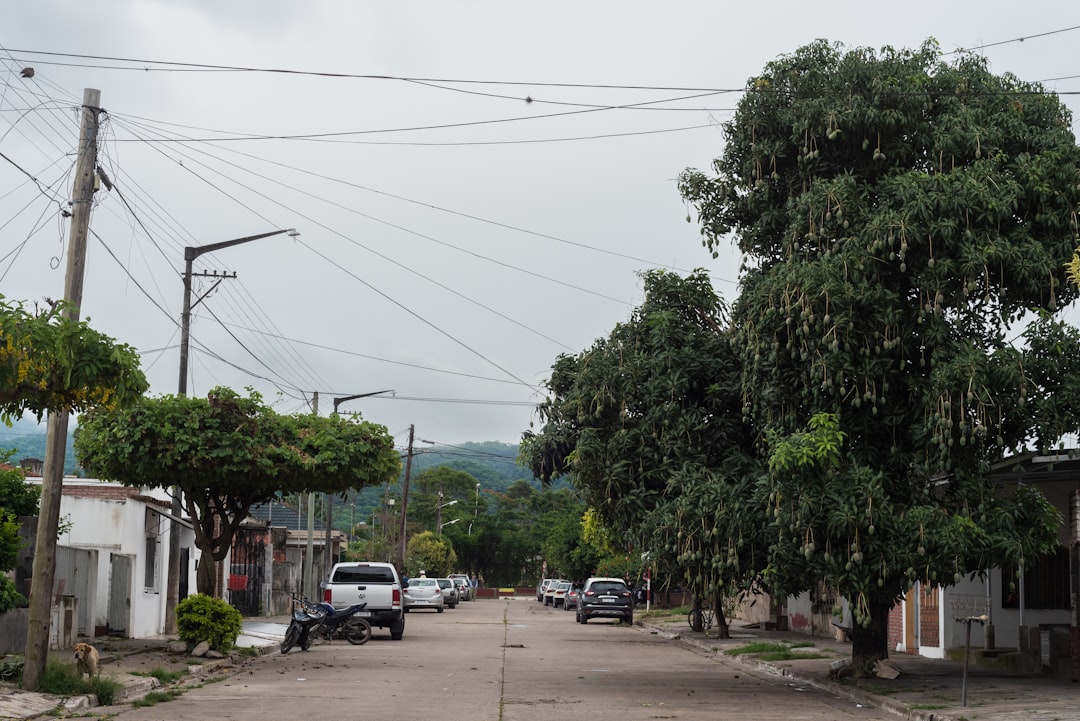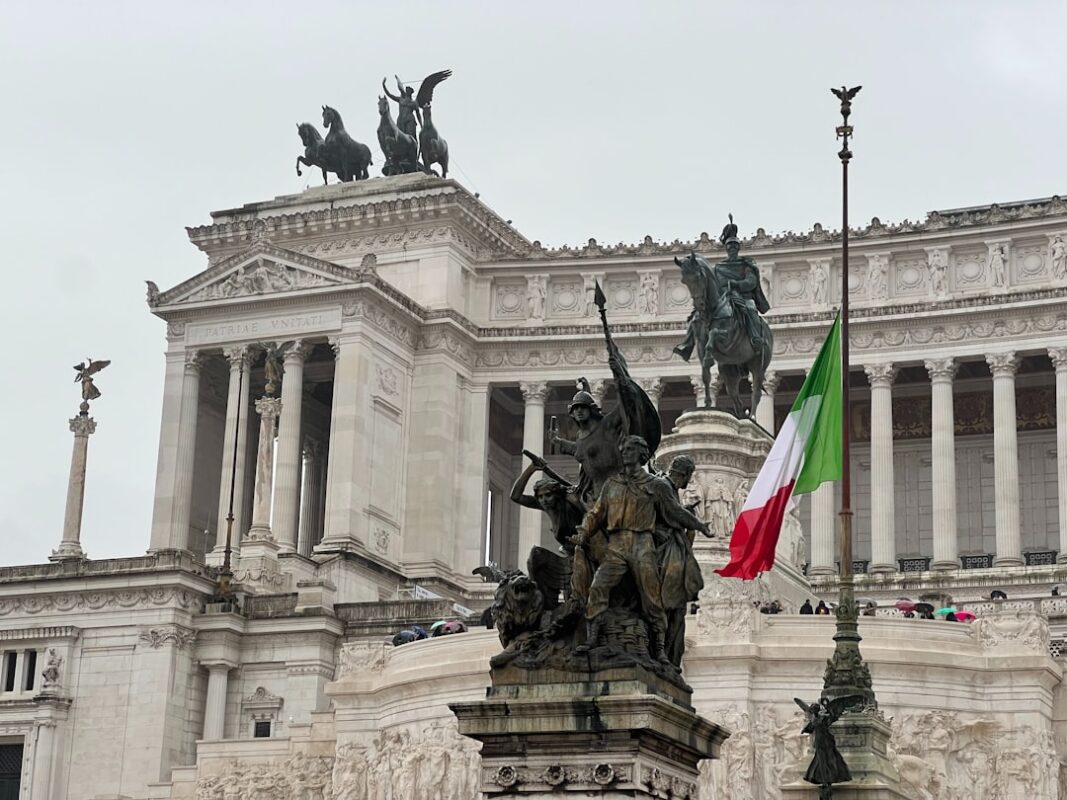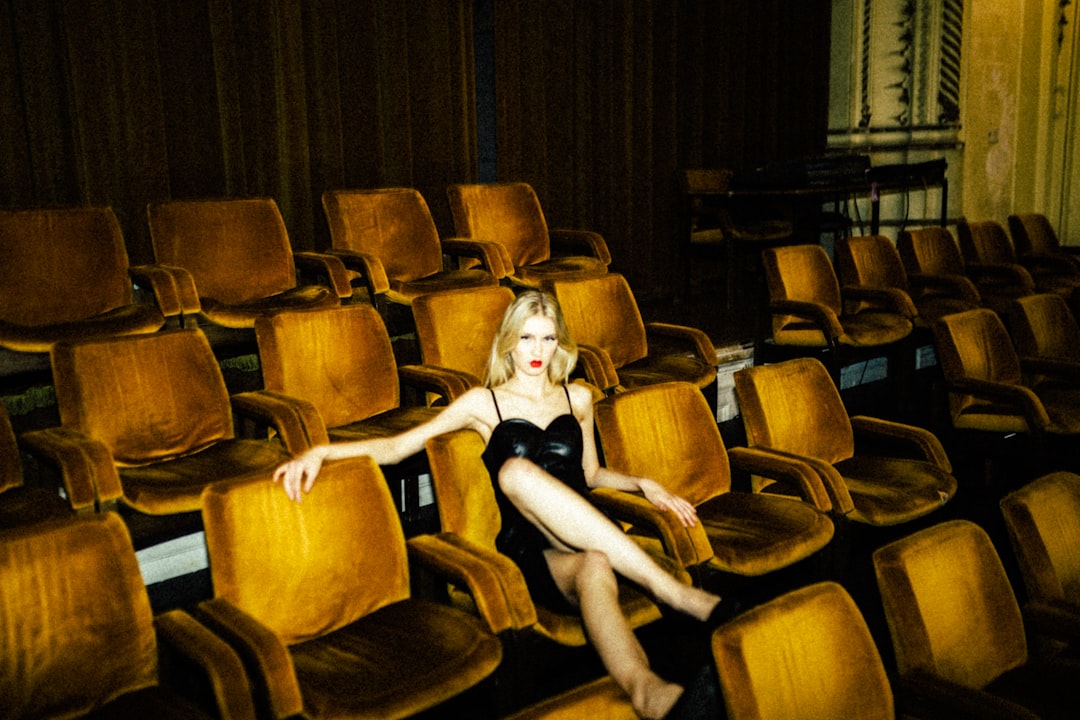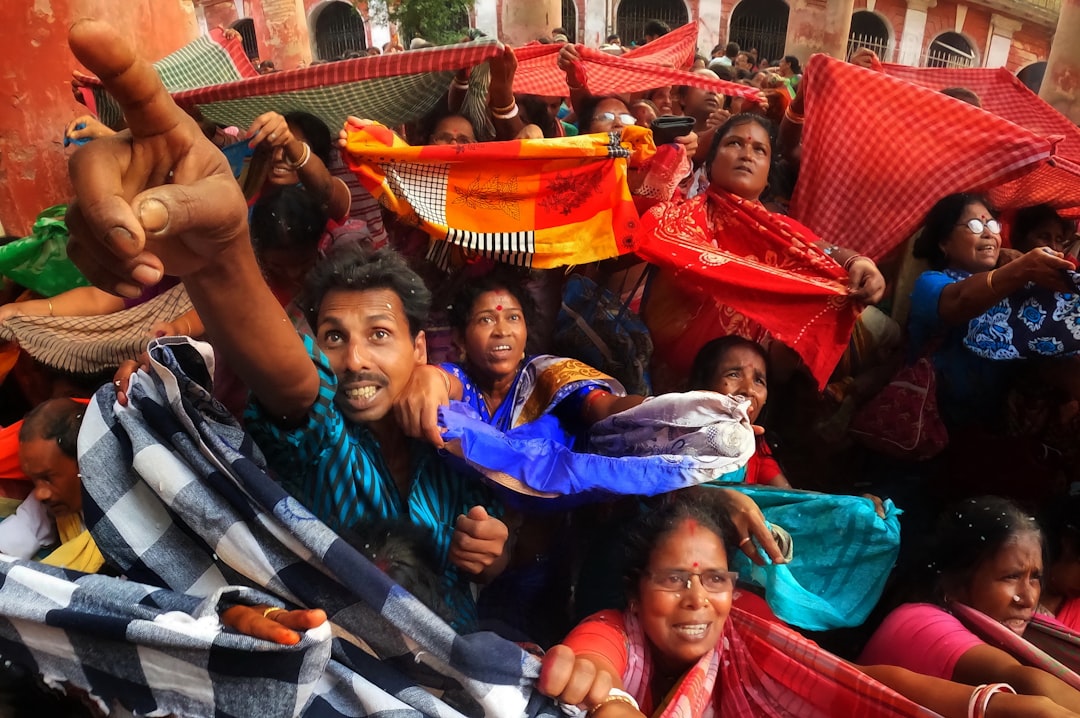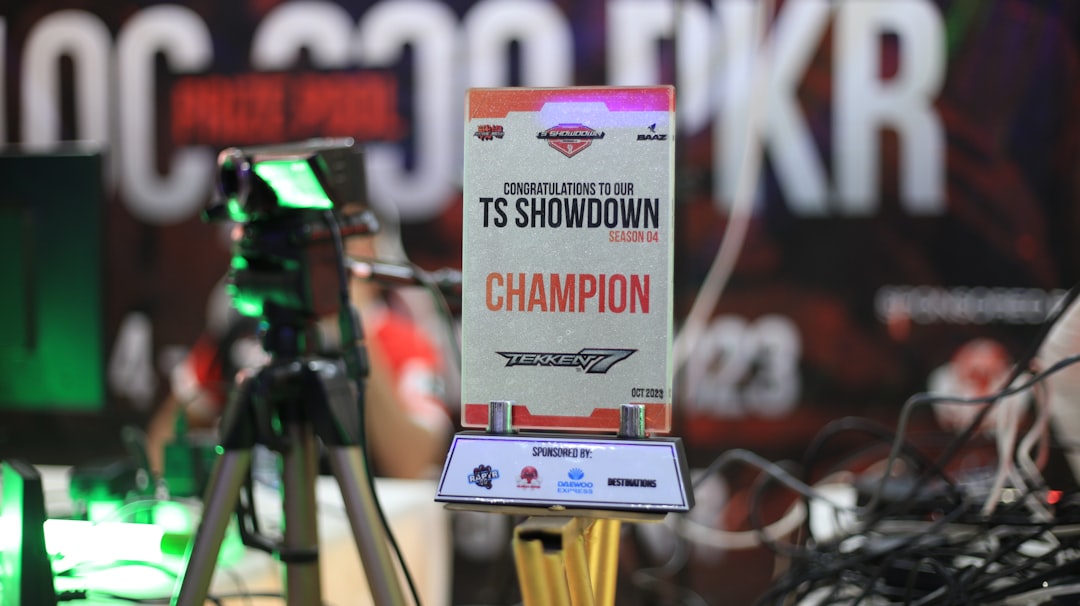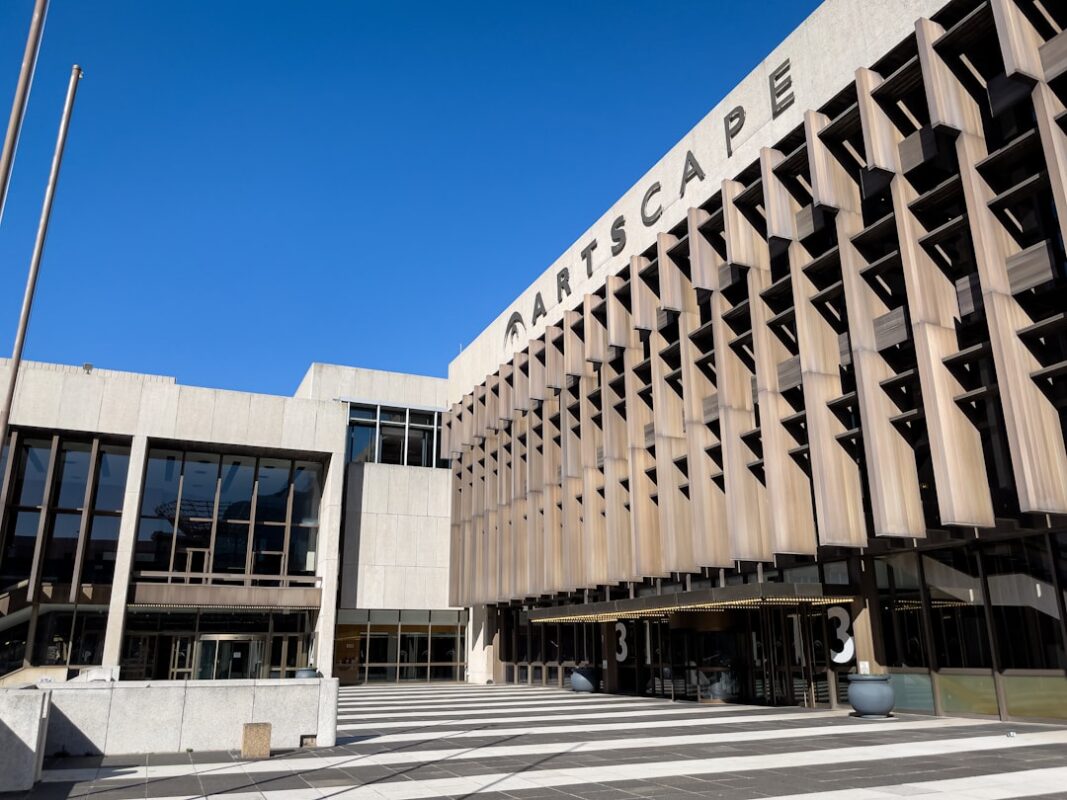Exploring Iconic Horror Villain Monologues — here’s what’s new, why it matters, and what to watch next.
Exploring Iconic Horror Villain Monologues That Haunt Our Nightmares
At a Glance
Horror films have long relied on the menacing presence of villains to evoke fear and suspense. Among the techniques that amplify this dread are powerful monologues delivered by these characters. This article delves into ten iconic horror villain monologues that not only chill audiences to the bone but also provide insight into the psyche of these terrifying figures.
Background & Timeline
Throughout cinematic history, monologues have served as pivotal moments that allow villains to express their motivations and philosophies. From the early days of horror cinema in the 1920s with silent films like Nosferatu, to modern classics such as Get Out and Hereditary, these soliloquies have become essential in building atmosphere and tension. The power of the spoken word can often transform an otherwise standard scare into a profound emotional experience.
The Evolution of Horror Monologues
- 1920s-1930s: Early horror films focused on visual terror rather than dialogue. However, characters like Count Orlok began to hint at the psychological depth that would come to define later villains.
- 1940s-1950s: As the genre evolved, films like Psycho introduced more complex characters whose monologues revealed their psychological torment.
- 1970s-1980s: The slasher genre took off, with films like Halloween and A Nightmare on Elm Street showcasing villains whose monologues were integral to their chilling personas.
- 1990s-2000s: With the rise of films like The Silence of the Lambs, monologues became a tool for villains to flaunt their intelligence and cunning, creating an unsettling dynamic between them and their victims.
- 2010s-Present: Modern horror continues to explore the depths of villainous characters, often intertwining social commentary with their terrifying speeches.
- Get Out (2017) – A modern classic that addresses racial tension through psychological horror.
- Hereditary (2018) – Known for its emotional depth and haunting family dynamics, with powerful speeches that linger.
- The Witch (2015) – Featuring monologues that reflect themes of religious fanaticism and paranoia.
- Midsommar (2019) – This film explores grief and relationships through unsettling dialogue and character interactions.
What’s New
Recent discussions in film critique circles have revived interest in the significance of villain monologues. A new generation of horror movies has taken inspiration from classic tropes, blending traditional horror with contemporary issues, resulting in some memorable speeches. For instance, characters in films like The Witch and Midsommar employ monologues that are as much about societal critiques as they are about instilling fear.
Featured Monologues
Here are ten notable monologues from horror villains that have left an indelible mark on the genre:
1. Hannibal Lecter in The Silence of the Lambs – Lecter’s chilling discussion about the human psyche and his gruesome appetite underlines his intelligence and charm.
2. Freddy Krueger in A Nightmare on Elm Street – Freddy’s taunting monologues reveal his sadistic nature and twisted sense of humor, creating a dissonance that is both entertaining and frightening.
3. Joker in The Dark Knight – While not a traditional horror film, Heath Ledger’s Joker delivers monologues that explore chaos and morality, resonating with horror enthusiasts.
4. Patrick Bateman in American Psycho – Bateman’s reflections on consumerism and identity take a dark turn, showcasing the horror of human disconnection.
5. Pennywise in It – Pennywise’s speeches are designed to instill fear, using the vulnerabilities of children to manipulate and terrify.
6. Annie Wilkes in Misery – Annie’s menacing rants about her favorite author reveal her obsession and instability, making her an unforgettable antagonist.
7. Mrs. Voorhees in Friday the 13th – Her monologue reveals the depths of a mother’s grief and rage, transforming her into a more complex villain.
8. Anton Chigurh in No Country for Old Men – Chigurh’s philosophical musings on fate and morality create a chilling atmosphere that lingers long after the film has ended.
9. Carrie in Carrie – Carrie’s emotional breakdown towards the end of the film showcases her tragic transformation into a vengeful figure, eliciting both sympathy and fear.
10. The Babadook in The Babadook – The titular character’s haunting monologues personify grief and trauma, making it a uniquely psychological horror experience.
Why it Matters
The importance of monologues in horror films cannot be overstated. They serve multiple purposes, from character development to thematic exploration. A well-crafted monologue can transform a one-dimensional villain into a complex character, allowing audiences to understand their motivations even as they recoil in terror. Moreover, these speeches can resonate with viewers on a personal level, reflecting societal fears or personal struggles.
Cultural Impact
As horror films continue to evolve, the monologue remains a powerful storytelling device that shapes the genre’s landscape. It allows filmmakers to delve deeper into human emotions, fears, and societal issues. The resurgence of interest in psychological horror has also encouraged writers and directors to craft more nuanced and disturbing villainous speeches.
What to Watch Next
If you’re intrigued by the power of horror monologues, consider diving into the following films:
FAQ
Q: Why are monologues important in horror films?
A: Monologues serve as a tool for character development and thematic exploration, enhancing the emotional impact of the story.
Q: Who are some iconic horror villains known for their monologues?
A: Notable figures include Hannibal Lecter, Pennywise, and Freddy Krueger, each delivering chilling speeches that resonate with audiences.
Q: How do modern horror films differ in their use of monologues?
A: Modern horror often intertwines social commentary with villainous speeches, reflecting contemporary issues while still instilling fear.
Q: Can monologues create sympathy for villains?
A: Yes, a well-crafted monologue can reveal a villain’s backstory or motivations, eliciting sympathy even as they create fear.
Q: What makes a monologue effective in horror?
A: An effective monologue combines emotional depth, psychological insight, and a chilling delivery to leave a lasting impression on the audience.
Takeaways
Horror villain monologues are more than just chilling speeches; they are critical elements that deepen the narrative and enhance character complexity. As the genre continues to evolve, these monologues will remain a vital tool for filmmakers in crafting unforgettable, fear-inducing experiences.
—
Sources & Credits: Reporting synthesized from multiple reputable outlets and official releases.
Read our related coverage for more on Exploring Iconic Horror Villain Monologues.
For context and confirmations, see reputable wires like Reuters or AP News.
Source: Original Source. Reporting synthesized from multiple reputable outlets and official releases.
For deeper analysis on Exploring Iconic Horror Villain Monologues, explore more reports and explainers on Insurance Rate Expert.

